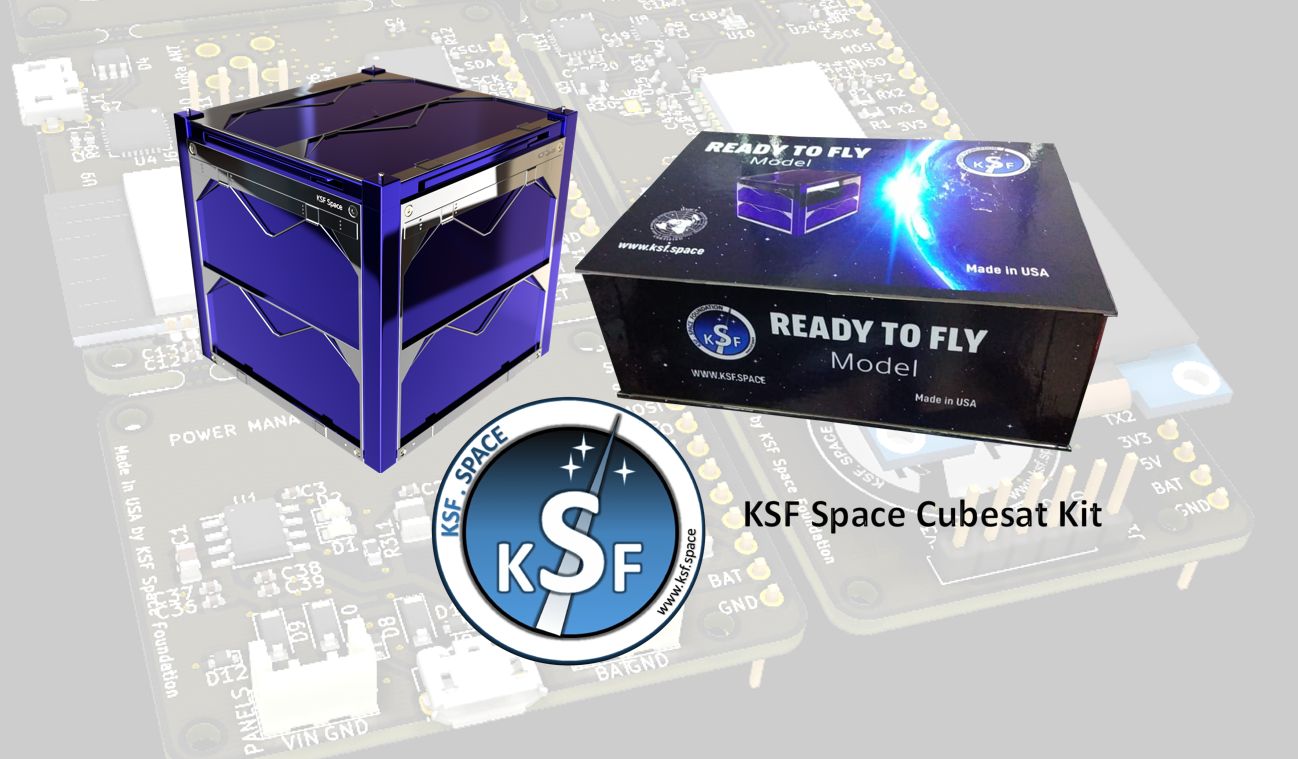In the late 1990s, CubeSats were developed as a means of fostering space exploration and education. These miniature satellites are composed of several 10x10x10 cm cubes, and have since been widely embraced by universities, research establishments, and businesses.
CubeSats are an attractive choice for organizations with limited resources due to their cost and risk efficiency. Additionally, the process to design, construct, and launch them is relatively simple and they can be joined with other satellites for launching as secondary payloads.
The KSF Space Foundation, an American non-profit, is providing support to organizations and institutions wanting to launch CubeSats and NanoSatellites. Through connecting those with expertise in this area with those who have limited experience, they are working to make space exploration and research easier to access and more affordable. This is an admirable effort as it enables institutions all over the world to tap into the flourishing market of small satellites while staying within a restricted budget.
The KSF Space Foundation has recently been making news for supplying some of the most cost-effective CubeSats available. They are offering resources and assistance to those with limited knowledge in the field in order to make space exploration and investigation more attainable and economical. It will be interesting to observe the influence that KSF Space Foundation has on the small satellite sector and the advancement of space exploration and research in the upcoming years.
The miniaturization of CubeSats allows for them to be launched as secondary payloads and piggyback on larger rockets, providing a more cost-effective way to reach orbit. In addition, their simplicity in comparison to other satellites decreases the chances of a technical malfunction.
CubeSats have the possibility of many applications, ranging from observing the Earth, sensing from a distance, transmission of data, demonstrating new technologies, and conducting scientific research. Additionally, they are being used to prove new space technologies, demonstrating them in space, as well as acting as a platform for experiments in low gravity environments.
CubeSats, despite their minuscule stature, have been instrumental in space exploration. Through their use, effects of microgravity on living organisms have been studied and new technologies, such as solar panels and propulsion systems, have been tested.
CubeSats have been utilized for more than just technological validation or educational purposes. They are being utilized for scientific research, defense, and even technological validation. Their size, speed, and temporary nature make them economical, speedy, and commercially available technology. A CubeSat kit has been provided by KSF Space Foundation that is inexpensive, quick, and compatible with CubeSat satellites. Institutions may use this program, which is lightweight and requires minimal energy to function, to save money on their usual space project expenses.
CubeSats allow people from a variety of disciplines to contribute their ideas and skills to the design of small satellites. Space and planet problems can be solved quicker and more imaginatively as more and more people are involved. As a result of this innovation, many space organizations have emerged, and are now working to speed up innovation. For example, the KSF Space Foundation offers CubeSat kits for a variety of small satellite development missions.
To sum up, CubeSats have brought a great shift to space research and exploration with their cost-effective and low-risk proposition for launching experiments and technology demonstrations into space. As this technology progresses, we can expect to find even more exciting uses for CubeSats in the future.

As the editor of the blog, She curate insightful content that sparks curiosity and fosters learning. With a passion for storytelling and a keen eye for detail, she strive to bring diverse perspectives and engaging narratives to readers, ensuring every piece informs, inspires, and enriches.










